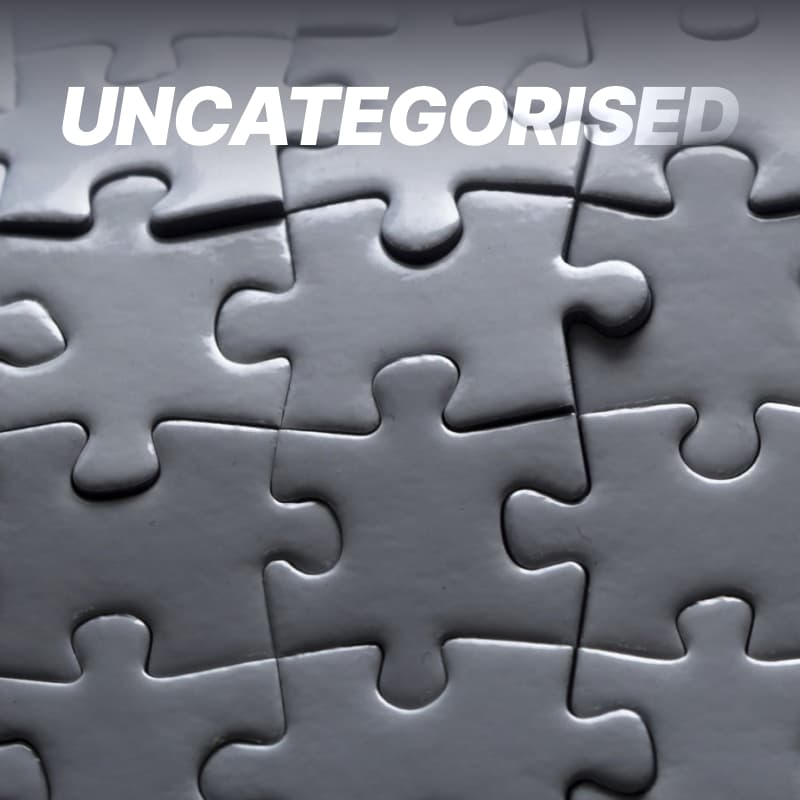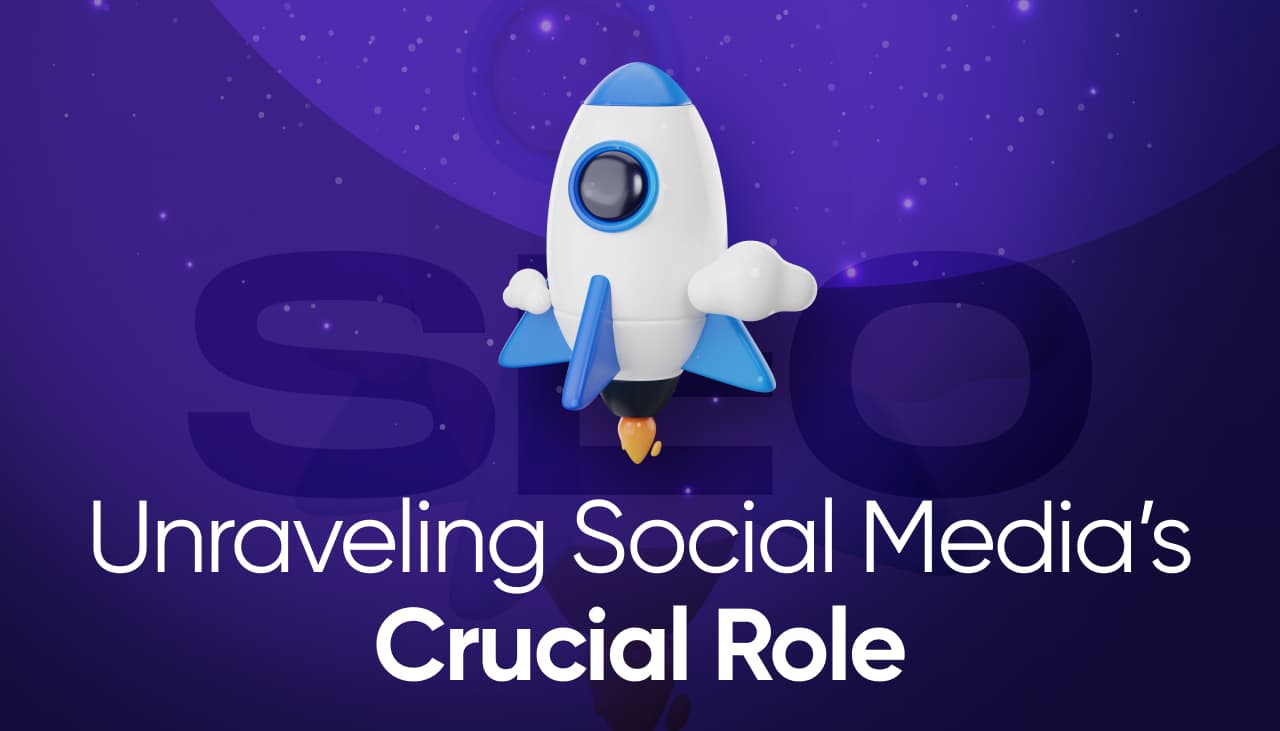In the vast world of SEO, duplicate content is a term that often sends shivers down our spines. It’s a common issue that can significantly impact our website’s visibility and ranking on search engine results pages.
We’ve all heard the myths and warnings about how search engines penalize sites for having content that appears in more than one place on the internet. But what’s the real story?
Let’s dive into the complexities of duplicate content and its effects on SEO. We’ll debunk some myths and offer clear, actionable strategies to ensure our content strategy doesn’t hurt our search engine rankings.
Table of Contents
Key Takeaways
- Duplicate content refers to identical or substantially similar content existing on more than one URL, affecting website visibility and rankings on search engines.
- Common causes of duplicate content include URL variations, HTTPS and HTTP disparities, printer-friendly versions of pages, content syndication errors, and inadequate handling of internationalized content.
- The impact of duplicate content on SEO includes confusion for search engines leading to poor indexing, dilution of link equity, potential reduction in exposure, and diminished keyword rankings.
- Debunking myths around duplicate content is crucial; search engines filter rather than penalize duplicate content, and some level of duplication is inevitable but manageable with correct SEO practices.
- Tools like Copyscape, Siteliner, and Google Search Console are essential for identifying duplicate content, enabling strategic corrections like rewriting content, using 301 redirects, and employing canonical tags to consolidate link equity.
- Best practices for avoiding duplicate content focus on conducting regular site audits, creating unique content, employing canonical tags wisely, maintaining a consistent URL structure, and leveraging Google Search Console for ongoing monitoring.
What is Duplicate Content?
In the world of SEO, duplicate content often emerges as a point of confusion. It’s essential to understand what constitutes duplicate content and how it affects our websites. Duplication occurs when identical or “substantially similar” content exists on more than one URL. This can happen both within a single website and across different domains. Our challenge is determining when similarity crosses into duplication. Search engines like Google aim to provide users with diverse content. When faced with multiple versions of the same content, they must choose which version to display. This selection process can dilute our visibility and rankings. Identifying and addressing duplicate content is crucial for maintaining our website’s health and search engine standing. We need to ensure our content is unique and provides value to our audience. By doing so, we minimize the risks associated with duplicate content penalties.
Common Causes of Duplicate Content
When we dive into the roots of duplicate content issues, several key factors emerge. Understanding these causes is the first step to mitigating potential SEO impacts.
Firstly, URL variations stand out as a primary culprit. Parameters like session IDs, tracking codes, and certain filters can create multiple URLs that lead to the same content. This confuses search engines as they try to determine the original version.
Secondly, we notice that printer-friendly versions of web pages are often overlooked. These versions create duplicates because they present the same content found on the original page but on a different URL.
Another common issue stems from HTTPS and HTTP versions of a site. If both versions are accessible and contain the same content, search engines see them as distinct pages. Ensuring one redirects to the other is crucial.
Content syndication, while beneficial for reaching a wider audience, can lead to duplicate content if not managed properly. When articles are republished across different sites without appropriate canonical tags, it’s a recipe for confusion among search engines.
Lastly, internationalization practices contribute to duplicate content. Websites that cater to multiple regions or languages might have content that’s only slightly different or even identical across various versions. Without proper hreflang tags signaling alternate language versions to search engines, each page could be considered duplicate.
By taking a closer look at these common causes, we equip ourselves with the knowledge to craft more SEO-friendly strategies. Recognizing the issue is half the battle, and with this understanding, we’re well on our way to optimizing our sites for better search engine visibility.
The Impact of Duplicate Content on SEO
When we’re navigating the complex world of SEO, understanding the impact of duplicate content is crucial. It’s a topic shrouded in myths but has very real consequences for our websites.
Duplicate content confuses search engines. They struggle to determine which version of the content to index. This indecision can lead to neither version ranking as well as it could.
Moreover, it dilutes link equity. Backlinks are a cornerstone of SEO; they signal to search engines that other websites consider our content valuable. When these links point to multiple versions of the same content, that value is spread thin.
Search engines may penalize sites for duplicate content. While not a penalty in the traditional sense, they may choose to show only one version of the content in search results. This means less exposure for us.
Keyword rankings can suffer as a result of duplicated content. When multiple pages on our site compete for the same keyword, they cannibalize each other’s chances of ranking well.
To navigate this, we need proactive strategies. Identifying and resolving issues of duplicate content is not just about avoiding penalties. It’s about optimizing our online presence to ensure the best possible visibility and engagement.
We employ tools and techniques such as canonical tags, 301 redirects, and consistent internal linking to mitigate these risks. Furthermore, we ensure our content strategy focuses on creating unique, valuable content that supports our SEO goals.
By addressing the challenges posed by duplicate content, we safeguard our site’s SEO health. We make it easier for search engines to understand and reward our content, which benefits us in the search rankings.
Debunking Duplicate Content Myths
In the SEO world, myths about duplicate content can lead us astray. It’s time to set the record straight. Duplicate content does not always result in penalties from search engines. This misconception has caused unnecessary alarm. It’s crucial to understand that search engines, like Google, aim to provide the best user experience. They filter duplicate content, not penalize it outright.
Another widespread myth is that every piece of content on your site must be 100% unique. While uniqueness adds value, some duplication is inevitable and acceptable. Product descriptions, legal disclaimers, and syndicated content are common examples. The key is managing these duplications wisely to avoid impacting your SEO negatively.
Many believe that using canonical tags can harm your rankings. However, canonical tags are our allies. They signal to search engines which version of the content is the primary one. This prevents dilution of link equity among duplicated pages. Proper use of canonical tags consolidates our SEO efforts, rather than detracting from them.
There’s also a myth that copying a competitor’s content will boost your rankings. In reality, original content is what sets us apart. Copied content offers no new value to users or search engines. It’s our unique insights and information that enhance our site’s authority and ranking potential.
Finally, some fear that similar content on multiple pages will confuse search engines. While it’s true that search engines prefer distinct content, strategic internal linking and clear site architecture guide them through our site effectively. This helps in appropriately indexing and ranking our pages.
How to Identify and Deal with Duplicate Content
Detecting duplicate content requires diligence and the use of specific tools. We often rely on tools like Copyscape or Siteliner to scan our website for content that appears elsewhere on the web. These tools are efficient in uncovering both internal and external duplication, guiding us toward areas that need our attention.
Google Search Console also offers insights into how our content is indexed, helping us spot potential duplications. By analyzing the coverage reports, we can identify pages that Google considers duplicate without user-selected canonical tags. This data is invaluable for correcting our website’s architecture.
After identifying duplicate content, the next step is addressing it strategically. We prioritize by determining which content has the highest value or potential and focus our efforts there. This often involves rewriting content to make it unique, consolidating similar pages, or using 301 redirects to point users and search engines to the most relevant page.
The use of canonical tags cannot be overstated. By specifying the preferred version of a URL in the <link rel="canonical"> tag, we signal to search engines the primary version of duplicated content. This practice ensures that link equity is consolidated to our chosen URL, maintaining our site’s SEO integrity.
Internal linking strategy also plays a crucial role in managing duplicate content. We ensure that internal links point to the canonical version of the content, reinforcing its authority and relevance in search engine eyes.
By adopting these practices, we maintain a proactive stance against duplicate content, safeguarding our SEO efforts. Through constant monitoring and strategic adjustments, we navigate the complexities of duplicate content, ensuring our website remains both relevant and authoritative in a crowded digital landscape.
Best Practices for Avoiding Duplicate Content
We understand the importance of steering clear of duplicate content to protect our SEO efforts. That’s why we’ve compiled a list of best practices designed to help us stay on the right path.
First and foremost, consistently conducting thorough audits of our website is key. Tools like Copyscape and Siteliner let us pinpoint any duplicate content issues before they escalate.
Creating unique and valuable content can’t be overstated. It’s what sets us apart and makes our site a go-to resource.
For content that must appear on multiple pages, the use of canonical tags is crucial. These tell search engines which version of the content is the primary one, helping avoid dilution of link equity.
When possible, rewrite content to ensure uniqueness across the site. This not only helps with SEO but also improves user experience.
301 redirects can come in handy when consolidating pages that are too similar. This approach helps us direct all traffic and link equity to a single, authoritative page.
Maintaining a consistent URL structure across the site helps prevent unintentional duplication due to URL variations.
Lastly, leveraging the Google Search Console can aid in identifying and resolving duplicate content issues. It’s a powerful tool for monitoring our site’s health and search engine presence.
By adhering to these best practices, we’re not just avoiding duplicate content; we’re also building a stronger, more search engine-friendly website.
Conclusion
We’ve explored the vital steps to tackle duplicate content and its impact on SEO. By implementing regular audits with tools like Copyscape and Siteliner, we can keep our site clean and authoritative. Embracing unique content creation sets us apart and enhances our online presence. Through strategic use of canonical tags and 301 redirects, we safeguard our site’s link equity and ensure a cohesive user experience. Additionally, a consistent URL structure and the insights from Google Search Console empower us to maintain our site’s health and visibility in search results. By adhering to these practices, we’re not just avoiding the pitfalls of duplicate content but also paving the way for a robust and SEO-friendly website. Let’s continue to innovate and refine our strategies to stay ahead in the digital landscape.
Frequently Asked Questions
What is duplicate content and why is it bad for SEO?
Duplicate content refers to blocks of content within or across domains that completely match other content or are appreciably similar. It’s harmful for SEO because it confuses search engines, making it difficult for them to decide which version of the content to index or rank, leading to lowered visibility in search results.
How can I identify duplicate content on my website?
You can identify duplicate content on your website by using tools such as Copyscape and Siteliner. These tools help in scanning your web pages for content that appears elsewhere on the internet or on multiple pages within your site.
Why is creating unique content important?
Creating unique content is crucial because it sets your website apart, making it a valuable resource for users. Unique content also tends to rank higher in search engine results, drawing more traffic to your site and increasing engagement.
How do canonical tags help with duplicate content?
Canonical tags help in managing duplicate content by signaling to search engines which version of a content piece is the primary one. This prevents dilution of link equity across multiple pages and helps maintain the visibility of the main content in search results.
Is rewriting content a good strategy to avoid duplication?
Yes, rewriting content is a good strategy because it ensures uniqueness across your site. It not only helps in avoiding SEO issues related to duplicate content but also improves user experience by offering fresh perspectives and information.
How do 301 redirects help with SEO?
301 redirects help in consolidating similar pages by directing all traffic and link equity to a single, authoritative page. This not only enhances user experience but also strengthens the page’s visibility and ranking in search results.
Why is a consistent URL structure important?
A consistent URL structure helps in preventing unintentional duplication due to variations in URLs. It ensures that search engines and users can easily navigate and understand your site, improving both SEO and usability.
How can Google Search Console help with duplicate content issues?
Google Search Console is a powerful tool for identifying and resolving duplicate content issues. It allows website owners to monitor their site’s health and search engine presence, including detecting and addressing any duplication that might be affecting their SEO performance.






















Responses (0 )